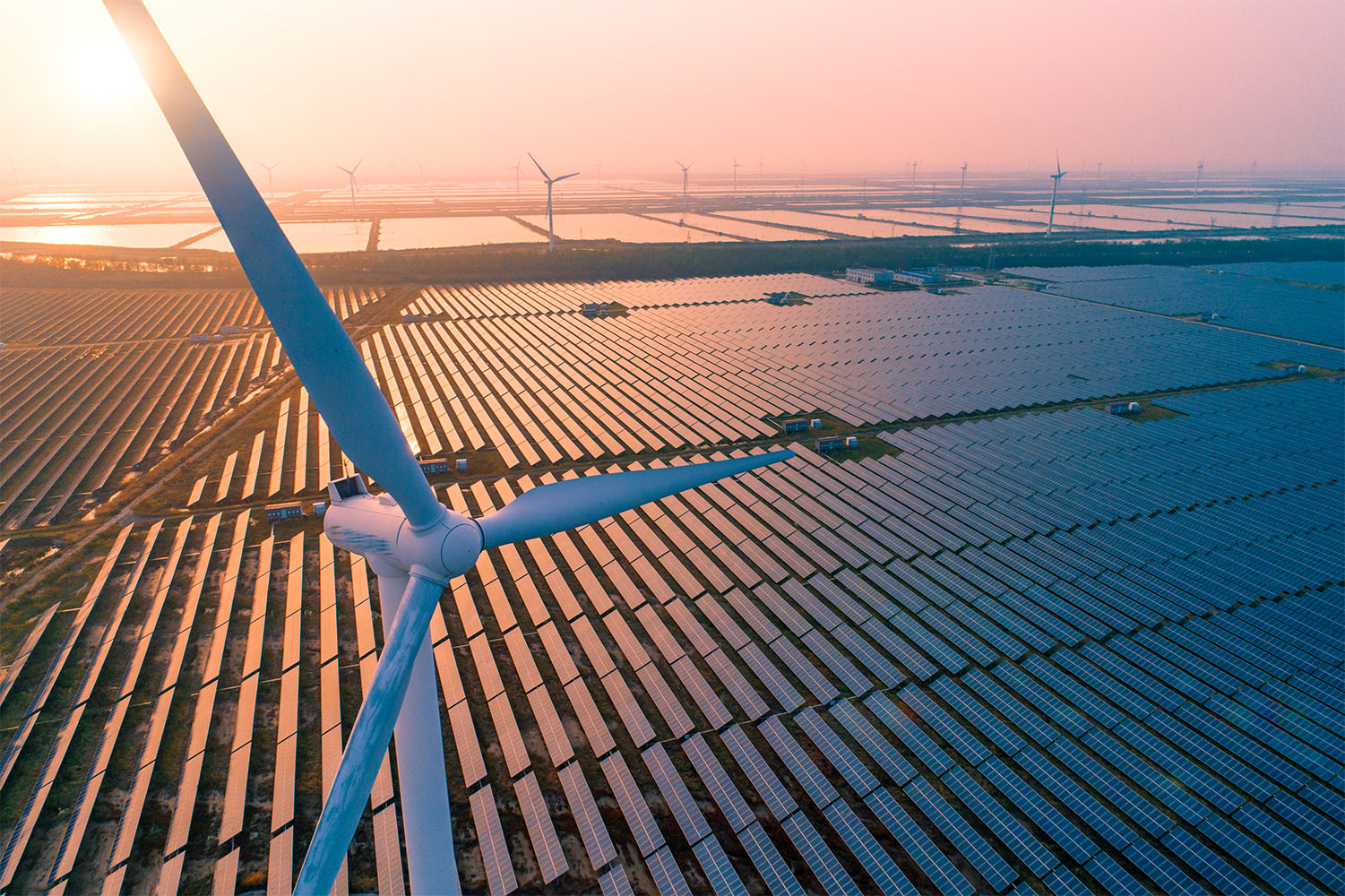EU agrees reforms to its carbon market
Published on 3rd January 2023
European Parliament and the Council reach political agreements to reform the emissions trading system and to prevent carbon leakage

Since 1 January 2005, the European Union has had a carbon market for industrial installations. It is known as the EU emissions trading system or EU ETS. However, the system is currently circumvented by certain companies, which relocate carbon-intensive industries outside the EU and import the products thus manufactured. These practices generate "carbon leakage", which the European Commission plans to curb by proposing a reform of the system.
How the EU ETS system functions
The EU ETS currently applies to large installations (with a thermal input of more than 20 MW) operating in industry, power generation and aviation, among others. It covers more than 11,000 installations and some 45% of Europe's CO2 emissions.
The EU ETS applies a "cap and trade" principle: annually an emissions cap is set for a number of sectors and installations. Hence, a scarce resource is created that also has an economic value. Companies have a choice to buy the necessary emission allowances or become more performant and reduce their emissions. The EU ETS reflects the "polluter pays" principle. Part of the emission allowances are allocated directly to plant operators for free and part are auctioned.
Emission allowance trading should ensure that emission reductions are achieved at the least possible cost to business. The idea is to let emission reductions take place where they are cheapest and minimise the total price of climate policy through trading.
Extending the scope to buildings and transport
Implementing the commitments of the EU Green Deal, the European Parliament and the Council reached a political agreement on 17 December 2022 to reform the EU ETS. The European legislator notably agreed to:
- cut emissions in the EU ETS sectors by 62% by 2030, compared to 2005;
- phase out free allowances to industries from 2026 to fully disappear by 2034; and
- extend the EU ETS for shipping and waste incineration;
- set up an EU ETS II for fuel emissions from buildings and road transport from 2027. How this will be implemented in practice, will be up to the governments of the individual Member States.
To finance the transition and protect people with low incomes, more money will be made available through the Innovation Fund, the Modernisation Fund and a Social Climate Fund. National revenues from auctioning ETS allowances shall also be spent on climate related activities.
24% of all EU ETS allowances will be placed in the market stability reserve to address possible imbalances between the supply of and demand for allowances in the market due to external shocks, such as those caused by the Covid-19 pandemic.
Preventing carbon leakage
An agreement was also reached on 13 December 2022 on the Carbon Border Adjustment Mechanism or CBAM, to prevent carbon leakage.
The CBAM will function as an import levy on imported CO2. It will apply to goods produced outside the EU intended for import to the EU: notably to cement, electricity, fertilisers, iron and steel, aluminium, as well as some precursor and downstream products (such as tube or pipe fittings). According to the European Council’s press release of 13 December 2022, hydrogen would also be included. A de minimis provision exempts consignments with a value of less than €150.
Importers will have to obtain the status of “authorised CBAM declarant”. Each year, they will have to declare the quantity of goods imported, the total embedded emissions in those goods and the total number of “CBAM certificates” to be surrendered, given that one certificate corresponds to one tonne of embedded emissions in goods.
The price of CBAM certificates would be the average of the closing prices of EU ETS allowances on the common auction platform for each week. Excess CBAM certificates remaining on the account of the declarant would be repurchased by the Member State where the declarant is established.
The CBAM will be phased in at the same speed that the free allowances in the ETS will be phased out. The CBAM will therefore start in 2026 and be fully phased in by 2034.
Osborne Clarke comment
The reforms to the EU's carbon market will cover almost all sectors of the economy. There will be a cost associated with emitting CO2. In the coming years, businesses, public authorities and households should therefore focus on:
- the best available techniques (BAT);
- concluding ETS agreements;
- concluding carbon capture and/or carbon compensation agreements;
- investing in renewables;
- energy efficiency.
If you are interested to learn more about this, please contact one of our experts below.




